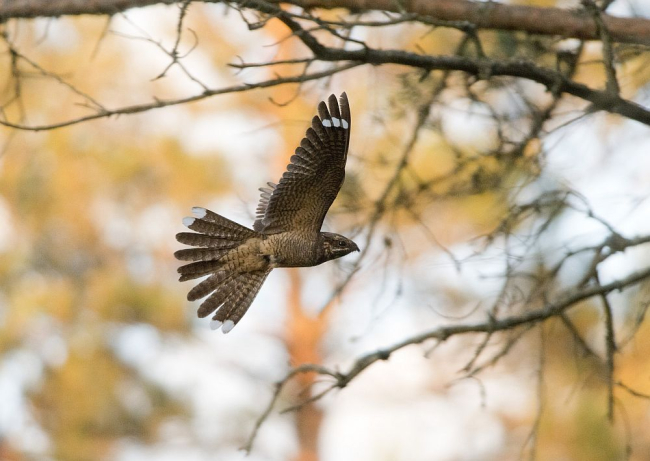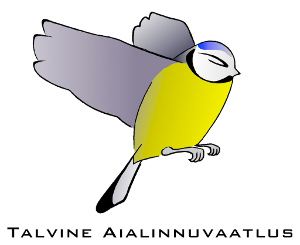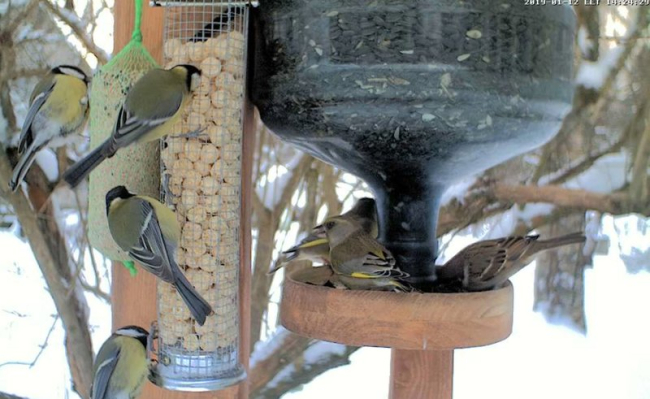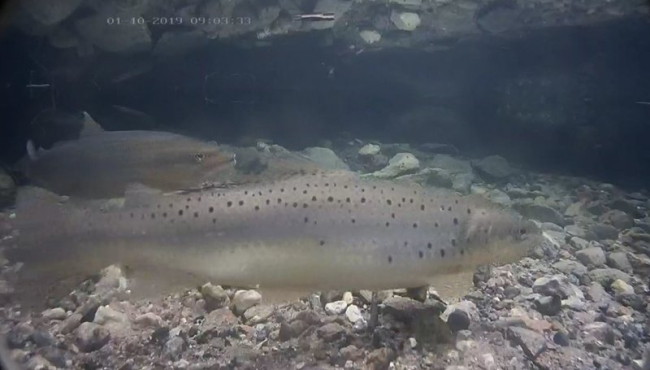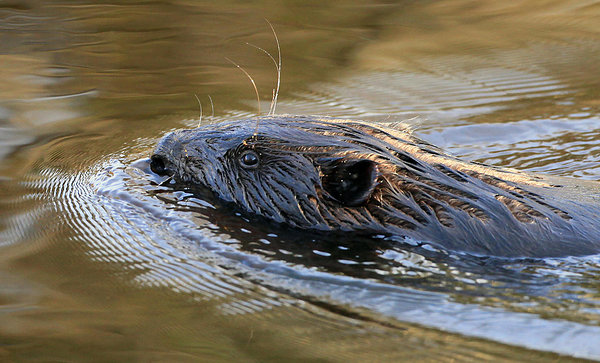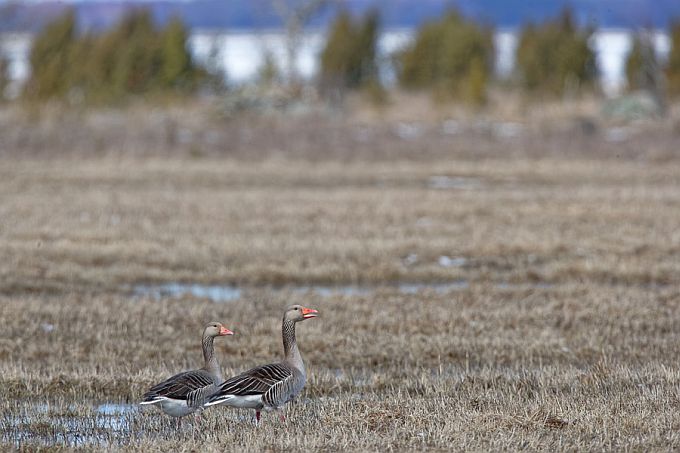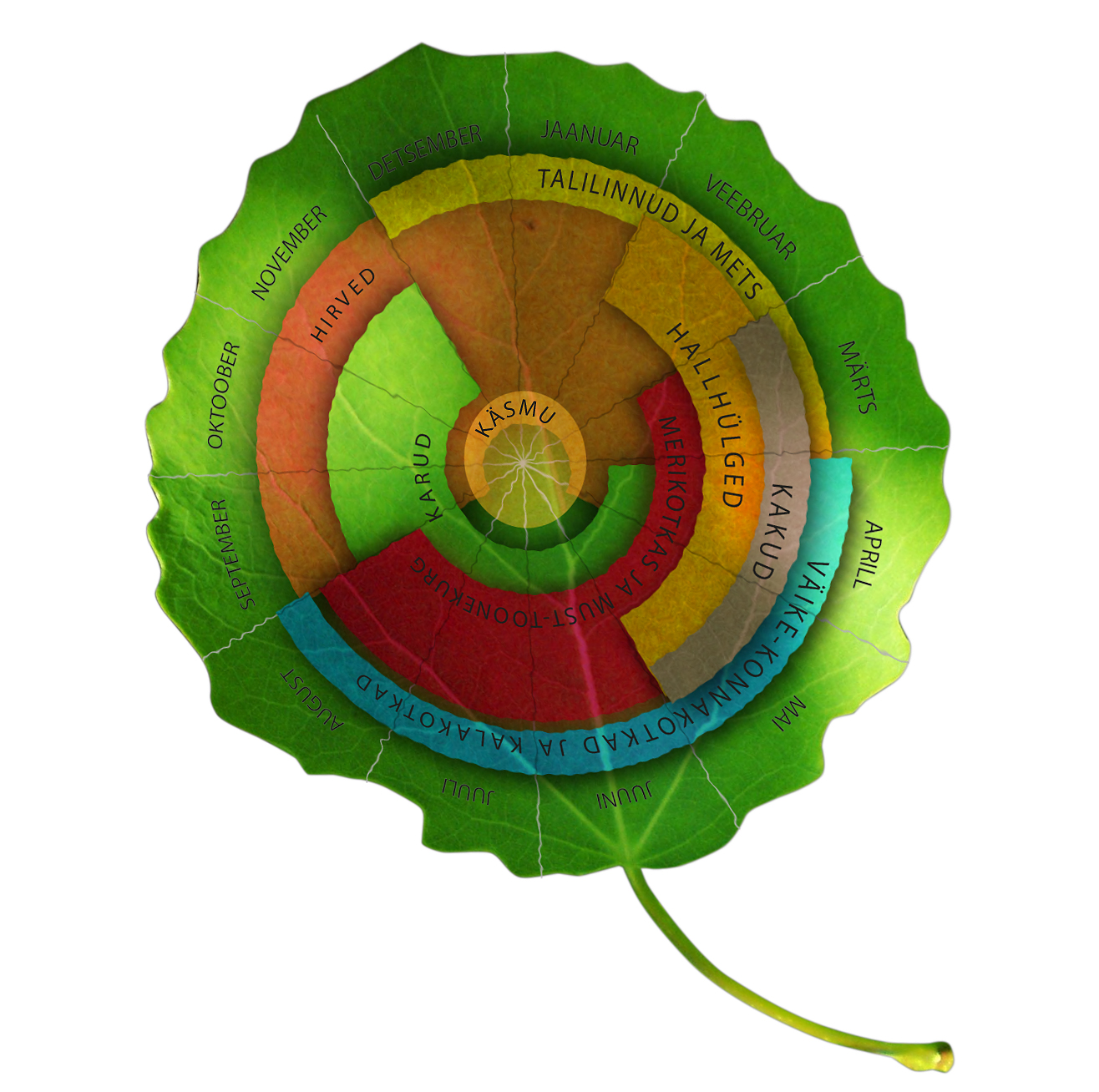Meeting a goshawk in the city no longer rare event
Photos Arne Ader
English translation Liis
Estonian text posted 24.01.2019
Goshawk at capercaillie carcass
Goshawk; Northern goshawk Kanakull Accipiter gentilis
Urban people meet goshawks increasingly often. In winter migrants from the east and north add to the birds that have nested here and so they are even more easily seen.
Why then in the city where they have also started to nest? Simply in order to catch prey more easily. In winter there is no lack of domestic pigeons or jackdaws and other corvids in cities.

